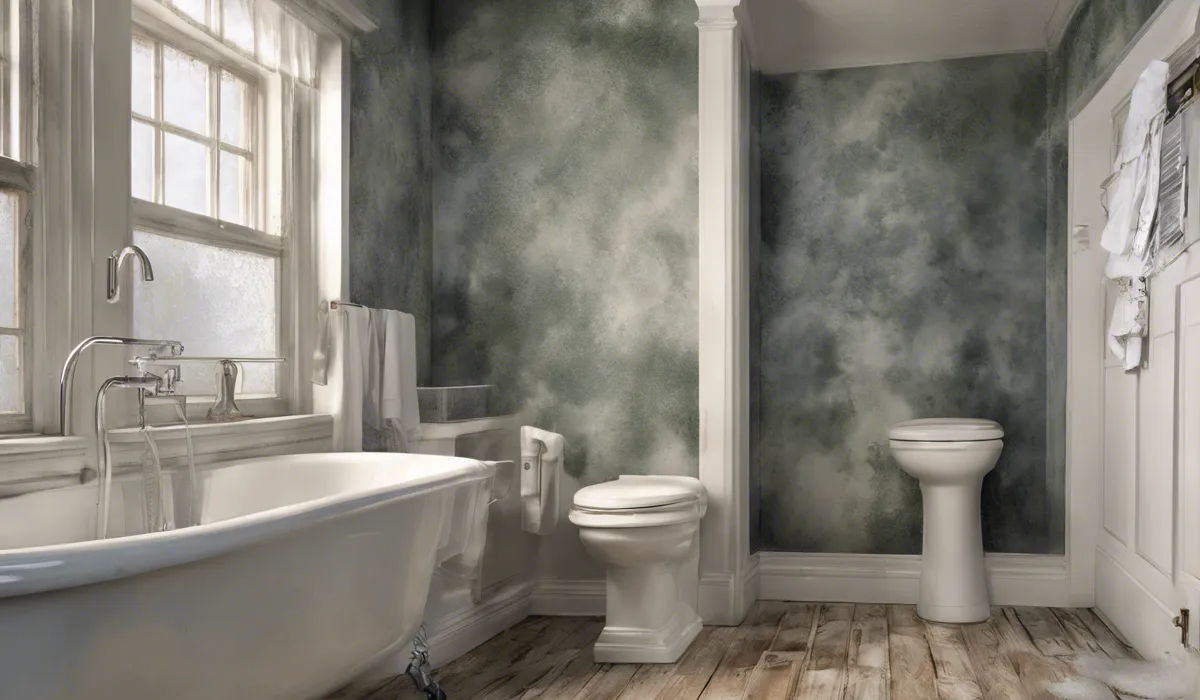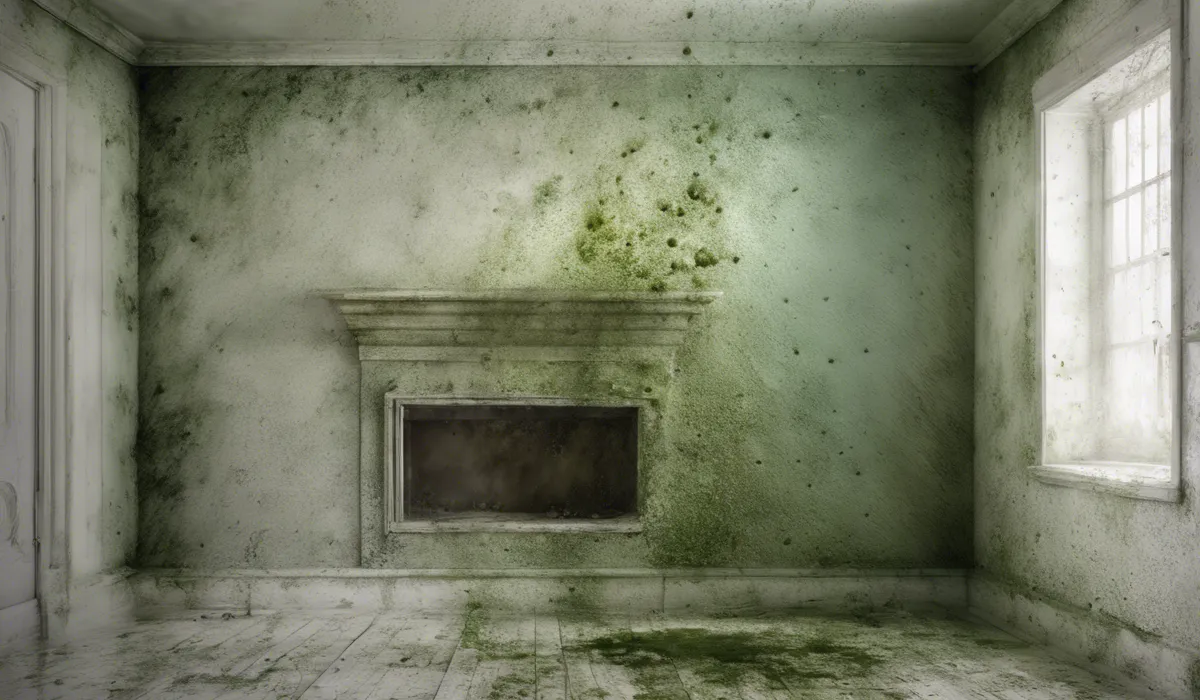Yes, mold requires moisture to grow. Mold spores need dampness to germinate and thrive, with high humidity or water leaks often providing ideal conditions. Without moisture, mold cannot proliferate.
Science of Mold Growth and Moisture

Understanding Mold
Mold is a living organism, a type of fungus that can be found almost everywhere. It comes in various colors and forms, often seen as spots on walls or food.
Mold plays a crucial role in nature by breaking down dead organic matter, but it can become a problem when it grows indoors.
Essential Conditions for Mold Growth
For mold to grow, it needs more than just a surface to call home. It requires moisture, a food source like wood or paper, a suitable temperature ranging from 60 to 80 degrees Fahrenheit, and oxygen. Without these, mold cannot survive or reproduce.
The Vital Role of Moisture
Moisture is the lifeblood of mold. It allows mold spores to germinate, and once they do, they grow into hyphae which are the branching filaments that make up the body of the fungus.
Without moisture, mold spores remain dormant and cannot harm us or our homes.
Varieties of Moisture That Cause Mold
Moisture can come in many forms. Liquid water from leaks or flooding, high humidity levels over 60%, and condensation on cold surfaces can all provide the right conditions for mold to flourish.
Sources and Risks of Moisture in Homes and Buildings

Common Moisture Sources
Inside our homes, we often find moisture where we least want it. Leaky pipes hidden in walls, floods from heavy rains, and even the steam from our showers can create a haven for mold to grow.
Hotspots for Moisture and Mold
Some parts of our homes are more likely to see mold growth than others. Bathrooms and kitchens, with their running water and sometimes insufficient ventilation, are prime spots.
Basements, with their tendency to be damp, and areas around windows, where condensation gathers, are also common culprits.
Health Risks Posed by Mold
Breathing in mold can cause sneezing, coughing, and wheezing, especially in those with allergies or asthma.
Some molds produce toxic substances known as mycotoxins, which can pose even more severe health risks.
Critical Need for Moisture Control
Keeping our homes dry is vital. Good ventilation helps to remove moist air, dehumidifiers can keep humidity levels in check, and proper construction with water-resistant materials can prevent moisture from seeping in.
Prevention and Control of Mold Through Moisture Management

Strategies to Reduce Indoor Moisture
Solving moisture problems can be as simple as fixing a leaky faucet or as complex as insulating your entire home. Using exhaust fans in bathrooms and kitchens can whisk away steam before it settles on surfaces.
Monitoring Humidity to Keep Mold at Bay
Tools like hygrometers can help us keep an eye on indoor humidity levels, and regular inspections of prone areas can catch mold before it becomes a bigger issue.
Building With Mold Resistance in Mind
Using materials that resist mold, such as mold-resistant drywall and paints, and employing construction techniques that prevent water accumulation can safeguard our homes against mold.
Seeking Professional Help When Needed
Sometimes, despite our best efforts, mold takes hold. When it does, professional mold remediation may be necessary to safely and thoroughly remove the mold and prevent it from coming back.
FAQs About Mold and Moisture
Does mold always need moisture to grow?
Yes, mold requires moisture to grow and cannot proliferate without it.
Can mold grow in dry conditions?
No, mold cannot grow in completely dry conditions as it needs dampness for germination and growth.
What level of humidity allows for mold growth?
Mold can begin to grow at relative humidity levels above 60%, with higher levels increasing the risk.
Are water leaks a common cause for mold proliferation?
Yes, water leaks often provide the ideal conditions for mold to germinate and thrive.
Can reducing indoor moisture levels prevent mold growth?
Reducing indoor moisture levels can significantly hinder mold growth by removing the damp conditions it requires.
Final Thoughts
Mold growth is intrinsically linked to the presence of moisture. Mold spores require damp conditions to begin their lifecycle, and they thrive in environments with high humidity or persistent dampness from water leaks.
Without the presence of moisture, the proliferation of mold is significantly hampered, preventing it from becoming an issue within drier surroundings.
